Category: Features
-
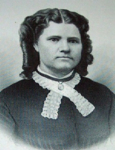
Literary BMGD #30: The Saddest Death
As Alma talks with his son Corianton in Alma 40-42, he realizes that Corianton does not understand some basic elements of the Plan of Salvation. From what Alma teaches him, we can surmise that Corianton doesn’t understand that all will be resurrected, that each person will be resurrected according to their words in this life…
-
Nothing to Apologize For (Part I)
[Times & Seasons welcomes the first in a pair of posts from Ralph Hancock this week, who previously guested with us in 2010] The recent unpleasantness at BYU’s Maxwell Institute has, the reader will have noticed, triggered much comment on the internet, including celebrations in some quarters over the supposed demise or at least eclipse…
-
Literary BMGD #29: Two poems — Oh taste not of the cup; Be Slow to Condemn
Alma 36 to 39 contain Alma’s advice to his three sons, Helaman, Shiblon and Corianton, which led me to the idea of parental advice—something that usually accumulates bit by bit over years rather than all in one block as Alma seems to have done with his sons. Of this advice, perhaps the most famous, especially…
-
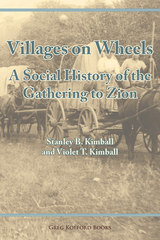
O Pioneer! Book Review of Villages on Wheels
The 4th of July is a week of intense patriotic celebration in Provo. Freedom Festival is the biggest party of the year here. People go all out with block parties, fireworks, parades, races, and art contests. We end the week exhausted. As a relative newcomer to Utah Valley, I’ve wondered why is Independence Day is…
-
Literary BMGD #28: Lines written for Lydia Snow
Today Alma’s discourse on the development of faith in Alma 32 is well known among Mormons and widely referred to on almost any discussion of faith. The “nourishing” of seeds and plants is, of course, common in poetry — its the comparison of seeds and growth with faith or the word that is important to…
-

Globetrotting, Mormon-Style
One of the things almost sure to be heard in testimony meeting after someone has traveled (whether it’s across the ocean or just to the next town over) is an expression of gratitude that “the Church is the same no matter where you go.” To a certain extent, it’s true. We all sing the same…
-
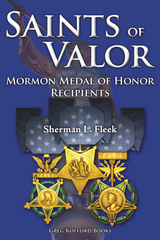
In Harm’s Way: Review of Saints of Valor
A couple of months ago I received a review copy of Saints of Valor: Mormon Medal of Honor Recipients (Greg Kofford Books, 2011; 430 pages in paperback | publisher’s page). I’m going to first discuss two issues related to war and Mormonism: (1) how Mormons serving in the military improve the public perception of Mormonism;…
-
Literary BMGD #27: Psalm LII
The chief character in Alma 30, the first of the two chapters in lesson 27, is Korihor, the anti-Christ, who preaches, among other things, the contradictory ideas that there will be no Christ and that the future can’t be known. By the end of the chapter Korihor has begged for a sign and been struck…
-
Literary BMGD #26: War
The Anti-Nephi-Lehies, the focus of Book of Mormon lesson #26, have to be the most unusual group in the Book of Mormon. Their choice of pacifism is unequaled in scripture, except possibly by the people of Enoch. While the lesson concentrates on their conversion and how that led them to turn to pacifism, I think…
-
Hit and Miss
I’m not quite up to creating original content today, so I’m going to link and comment to a few posts and articles that caught my eye. It’s really amazing how much coverage Mormonism is getting lately compared to a few years ago.
-
Literary BMGD #25: To Elder L. Snow
Among the most beloved figures in the Book of Mormon are the four sons of Mosiah, who, after their conversion, take leave of their native land and homes and serve missions among the Lamanites. Where missionaries today serve for just a couple of years or less, the sons of Mosiah served a total of 14…
-
Single Moms and Adoption — Another Perspective
I have been fascinated by the idea of adoption for a long time. Growing up, I knew a few people who were adopted, and the idea of bringing home your baby from Korea or the Ukraine always seemed exotic to me. But my obsession really took off when I got my Patriarchal Blessing. After gushing…
-
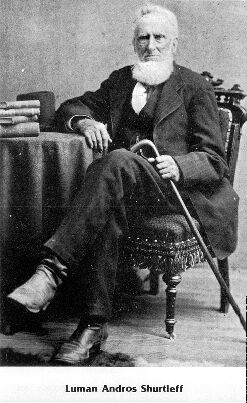
Literary BMGD #24: Why Should the Christian Sigh
One of the most stunning acts of persecution in the scriptures has to be the attack on the believers in Ammonihah described in Alma 14. Those who have heeded the words of Alma and Amulek, men, women and children, are taken by the mob, bound and cast into fire, along with their scriptures while Alma…
-
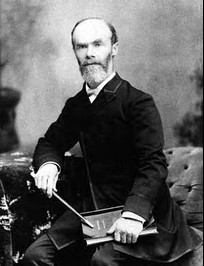
Literary BMGD #23: Our Missionaries
Much of the Book of Alma covers Alma’s missionary efforts in the land of the Nephites, and in this week’s chapters, Alma 8-12, he meets and preaches with his principle missionary companion, Amulek. Unlike the experiences of the sons of Mosiah, Alma and Amulek’s experiences aren’t always successful in the end. Instead, they face many…
-
Literary BMGD #22: The Christian’s Temptation and Triumph
The oft-described poverty and pride cycle in the Book of Mormon means that the peoples in Zarahemla and elsewhere repeatedly have to repent, generally in response to preaching or adversity. The first few chapters of Alma are no exception. In chapters 5-7, Alma preaches repentance, urging them to experience a “mighty change” of heart, and…
-
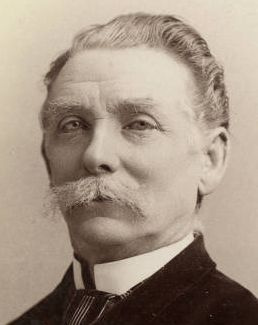
Literary BMGD #21: Our Kings
In the final chapter of Mosiah, King Mosiah and his people face the fundamental political question—what form of government to choose. After Mosiah demonstrates the potential problems with a monarchy, the people choose a more democratic form of government, under the rule of judges. As the first chief judge, Alma then discovers that even democracy…
-
Literary BMGD #20: No one doth know
The principal event in Mosiah 25-28, which is also beautifully and familiarly described in Alma 36, is Alma the Younger’s miraculous conversion. To capture this, I looked for a literary work in the public domain that expressed either the agony that Alma felt or the ecstasy he obtained after his acceptance of the Lord.
-
Who to Watch for MOTY?
Can you remember everyone who has made the news during the past year? Neither can I. As a result, when we get input each December about who should be “Mormon of the Year,” there is, I think, a bias towards recent events. If a Mormon showed up in the news during the last quarter of…
-
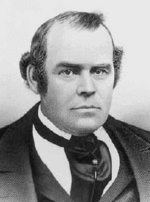
Literary BMGD #19: Baptism
I think the most significant event in Mosiah 18-24 is the baptism of Alma and his followers in the Waters of Mormon. There we find the great description of the Baptismal covenant, in which those baptized …are willing to mourn with those that mourn; yea, and comfort those that stand in need of comfort, and…
-
Mahana, You Ugly!
Let me tell you a little story. Not long ago, we moved to a new ward. After a few weeks, my husband and I were invited to come early to church to meet with a member of the bishopric. We figured, of course, that he wanted to extend a calling to one or both of…
-
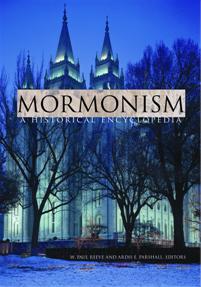
Review: Mormonism: A Historical Encyclopedia
It is published as a reference work, but you can read it like a book, albeit a book of essays: Mormonism: A Historical Encyclopedia (ABC-CLIO, 2010; publisher’s page), edited by W. Paul Reeve and Ardis E. Parshall. Listing at $85 ($68 on Kindle), it might not find its way onto your bookshelf until a trade…
-
Literary BMGD #18: O give me back my Prophet dear
Perhaps the most striking part of the Book of Mormon covered in lesson 18 is the martyrdom of Abinadi. Like many martyrs who have suffered since his time, Abinadi testified of what he knew to be true only to find his testimony rejected and his life taken for it. He sealed his testimony with his…
-
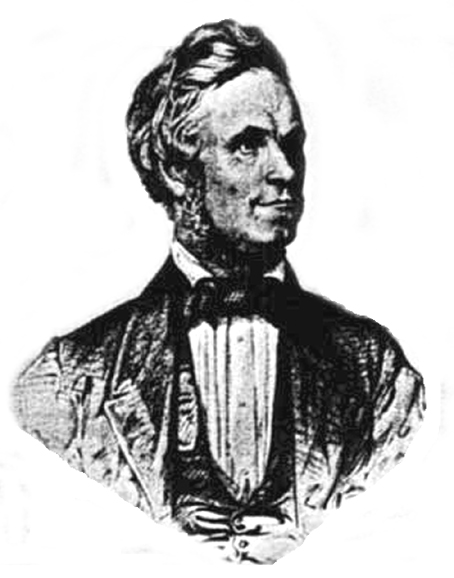
Literary BMGD #17: The Seer
Often LDS lessons based on the scriptures cover such a broad range of topics in the scriptures given that the stated theme of the lesson doesn’t capture what is going on in the scripture passages. While this lesson is certainly one of those times, the poem I found is really about the stated theme of…
-
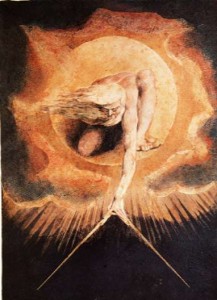
Exploring Mormon Thought: Sex
I don’t know much about God (which is probably pretty obvious), but I have thought a lot about sex.
-
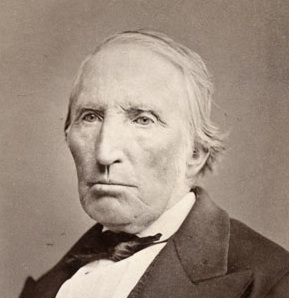
Literary BMGD #16: Forgiveness
The culmination of King Benjamin’s address to his people was the “mighty change” they experienced which led them to repent and covenant to keep the commandments and to seek to do good continually. While the scripture says that they “had no more disposition to do evil,” given the later history of this people, we might…
-

Literary BMGD #15: If I Had Time
King Benjamin’s oft-cited dictum that service to our fellow man is service to God is well known among Mormons. And, if surveys like the recent University of Pennsylvania survey are accurate, Mormons do quite well putting the idea in practice. Still, better than others doesn’t mean that we are where we should be or ought…
-
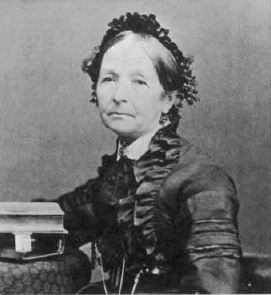
Literary BMGD #14: Awake! ye Saints of God awake!
Perhaps the most dramatic incident in gospel doctrine lesson #14 is Enos’ prayer; an example that has no doubt led many LDS Church members to wonder about their persistence and perseverance in prayer. Indeed, Enos’ story of his prayer is generally taken as a lesson in how to pray and what prayer means. It might…
-
Sunday Afternoon Session
President Uchtdorf conducted the closing session of General Conference. Direct quotations of a speaker’s words (based on my notes) are given in quotes; other text is my summary of the remarks given. Any text in italics represents my own editorial comment.
-
Sunday Morning Session
President Eyring conducted the Sunday morning session, featuring talks by President Dieter F. Uchtdorf, Elder Russell M. Nelson, Elder Ronald A. Rasband, Sister Julie B. Beck, Elder D. Todd Christofferson and President Thomas S. Monson. Direct quotations (based on my notes) are given in quotes; all other text represents my summary of the remarks given.…
